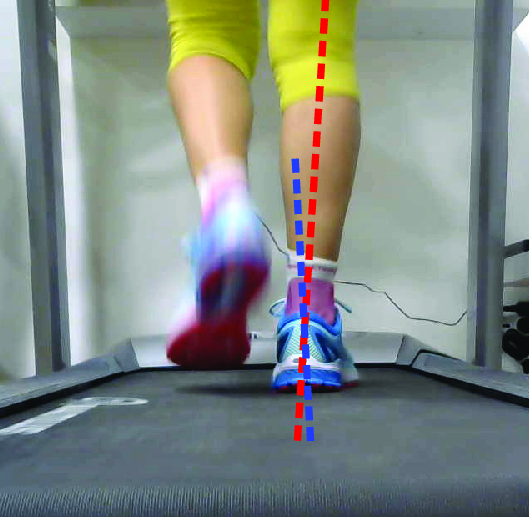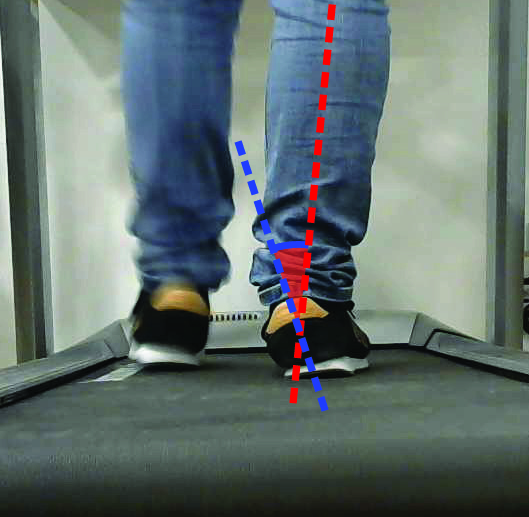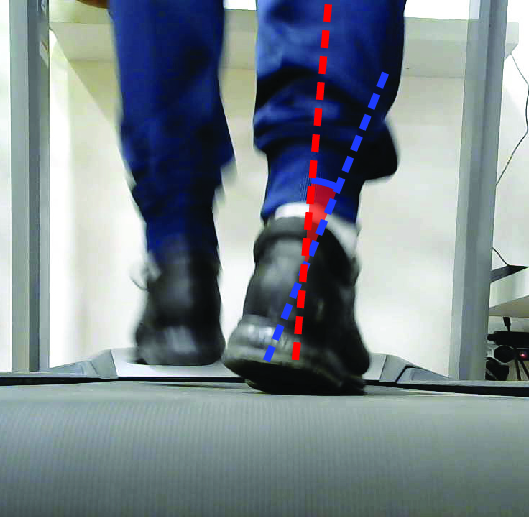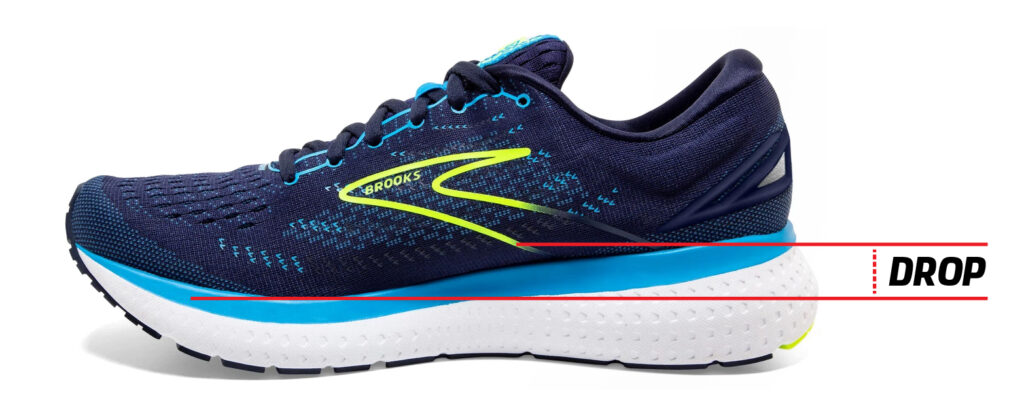Indice dell'articolo
Running is a simple sport that essentially needs one tool: the shoe. You might be running in sweatpants, technical clothing, tank tops or even shirtless, but you should never, ever do without your running shoe. Choosing your running shoe is of paramount importance as, in this sport, it is the only really important thing to pay attention to and not to underestimate.
There are so many models of running shoes on the market that we often find ourselves not knowing how to choose which model might best suit our needs. You could take a look directly at running shoes for beginners or continue reading this guide
Therefore, we have to start precisely from our needs and body characteristics to guide our choice. Indeed, there is no absolute best or worst shoe, but there is definitely a shoe that is better or worse our needs.
Weight – Your weight affects your choice of shoe
In choosing a running shoe, one of the first variables to evaluate is body weight. A person with a higher body mass, weighing more, will need more cushioning than a person with a lower body mass.
- Greater body mass -> greater weight -> greater load on joints
- Lower body mass -> lower weight -> less load on joints
Yes but what does this mean?
Let’s take an example: consider a car and a truck. These two vehicles, having a significantly different weight, have suspensions that are also significantly different. A truck will have suspension adapted to “cushion” a heavier weight, a car will have suspension adapted to a lighter weight.
This is the first basic point to consider, which is that your weight influences the type of shoe to choose.
Does this rule always apply? (answer: NO)
While it is very important to choose a cushioned shoe based on your weight, it is also necessary for it to be suitable for your stance, type of running, stride, etc..
Those approaching the world of running should also be careful to use shoes that are cushioned without being dazzled by the myth of the shoe’s lightness.
Lighter shoes such as the A1 and A2, for example, are shoes suitable for a more experienced runner or otherwise with more advanced technical and performance needs.
If you are a beginner or a person who does not yet have a good running technique, it is not recommended to run in shoes that are too technical (and therefore too light) because, by forgoing good cushioning, you would risk getting injuries and/or complications such as plantar fasciitis.
| | Major body mass | Minor body mass |
| Weight | Major | Minor |
| Joint load | Major | Minor |
| Recommended shoe | A3 – A4 depending on foot support | A4 – A3 depending on foot support A2 |
Support – Is your support Neutral, Hyperpronator or Supinator?
When choosing a running shoe, it is very important to pay attention to the type of support our foot has.
During the “rolling” of the foot, it is physiological to have some degree of pronation, which is a slight inward rotation of the foot. It is important to take pronation into account because when it becomes excessive (Hyperpronation), the foot makes excess movements that it is good to stabilize. Conversely, when pronation is insufficient (Supination), it is necessary to choose a more cushioned shoe to protect the joint that is already rigid in itself.
| Neutral Foot rests correctly and has the correct degree of pronation | Hyperpronator Inward rotation of the foot greater than physiological pronation | Supinator Foot does not rotate inward enough thus resting on the outside |
| Neutral (Shoes A3, A2 and A1) | Stable (Shoes A4) | Neutral (models with more cushioning) |
 |  |  |
Drop – Do you run more on the forefoot or the heel?

The drop in the running shoe is the difference between: the height of the heel and the height of the forefoot. Usually running shoes have a drop ranging from 0mm to 12mm depending on the model and category of the shoe.
For example, shoes suitable for a fast stride (such as A1 and A2) have lower drops than shoes suitable for a slower stride such as A3. In fact, a lower drop becomes necessary as running speed increases because our support shifts more to the forefoot.
Conversely, as speed decreases, our support shifts more toward the heel and a higher drop becomes the better choice.
| High Drop | Low Drop | |
| Millimeters | 12 mm – 8 mm | 8 mm – 0 mm |
| Foot support | On the heel | On the forefoot |
| Shoe category | A3 and A4 | A3, A2 and A1 |
| Running pace | Medium – Slow | Medium – Fast |
Size – What size to choose?
Choosing a running shoe is meaningless if you do not also choose the correct size. This depends on both personal preference and the model of shoe worn. Generally speaking, however, the correct size is one in which there is approximately one toe of space left between the big toe (or longest toe) and the toe of the shoe.
We often refer to the shoe size using Italian (41, 42, etc…), American or British sizes without taking into account that for example a US size 9 will not correspond to a UK size 9 and so for all other sizes.
The best method to choose the correct size is to refer to the cm of the foot. With cm, it is difficult to get it wrong as they are a universal and non-interpretable measurement. Just measure the length of your foot and compare different models and shoe sizes based on cm.
How to do it:
Place a measuring tape on the ground perpendicular to a wall and with the 0 exactly on the wall.
Place your foot on the measuring tape so that your heel touches the wall.
Look at where the longest toe reaches and take the measurement
This measurement will have to be taken for both feet as, normally, there is always a difference in measurement between the two feet and the measurement to be taken is always that of the longer foot.
Choosing the correct size will also drastically reduce the possibility
| Shoe too small | Shoe too big |
| Fingernails may turn black until they come off | The foot “dances” inside the shoe and the stance will not be correct |
| Pain in the foot during running | Possibility of blisters forming |
| Possibility of plantar fasciitis | Continuous rubbing of the foot with the shoe |
This article was originally written in Italian and translated English via deepl.com. If you notice a major error in the translation you can write to [email protected] to report it. Your contribution will be greatly appreciated
